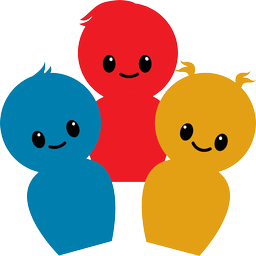Areas it develops: language skills: use of past and present time, understanding order, before/after, problem solving skills
All children can experience how time passes but consciously noone really focuses on it. Throughout the game they’ll xee that sometimes time passes slower and sometimes it passes quicker. They can feel time on their own selfs and they can even learn about time keeping tools, naturally in a fun, playful way.
This activity is especially beneficial for kids, who experience difficulties with understanding the concept of before and after, or with differentiating between past and present.







